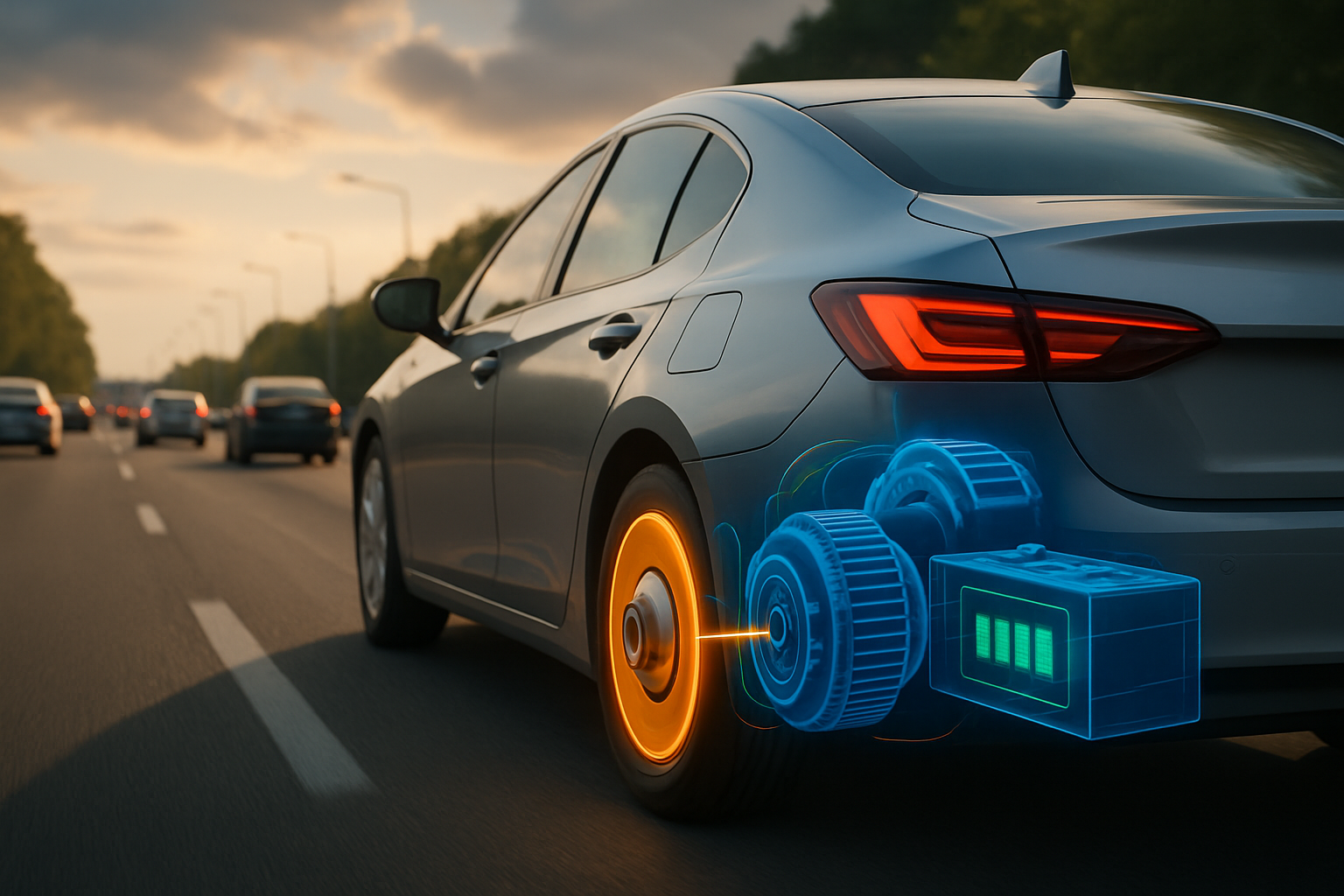Title: The Legal Landscape of Autonomous Vehicle Regulation
Introduction: As autonomous vehicles (AVs) transition from science fiction to reality, the legal system grapples with unprecedented challenges. This article delves into the evolving regulatory framework surrounding AVs, exploring how lawmakers and courts are adapting to this transformative technology. We'll examine current legislation, potential legal hurdles, and the balancing act between innovation and public safety.

Navigating the Federal-State Divide
One of the most significant challenges in AV regulation is striking a balance between federal oversight and state autonomy. While the federal government aims to establish uniform standards for vehicle safety and performance, states retain authority over licensing, registration, and traffic laws. This division has led to a patchwork of regulations across the country, with some states embracing AVs and others adopting more cautious approaches. The SELF DRIVE Act, introduced in Congress, attempts to address this issue by creating a federal framework for AV deployment while preserving state authority in traditional areas.
Liability in the Age of Autonomy
Perhaps the most contentious legal issue surrounding AVs is the question of liability in accidents. Traditional auto liability laws assume human drivers, but AVs blur the lines of responsibility. Should the manufacturer be held liable for system failures? What about the human occupant who chose not to intervene? Some legal experts propose a shift towards a product liability model, while others advocate for new forms of insurance that account for the unique risks of AVs. Courts are just beginning to grapple with these questions, and their decisions will shape the future of AV liability law.
Data Privacy and Cybersecurity Concerns
As AVs collect vast amounts of data to operate safely, they also raise significant privacy and security concerns. Current laws like the Driver Privacy Act of 2015 offer some protections for data collected by vehicle event data recorders, but they may be insufficient for the extensive data gathering of AVs. Lawmakers are considering new regulations to address data ownership, usage, and protection. Additionally, the potential for cyberattacks on AVs has prompted discussions about mandatory cybersecurity standards and breach notification requirements.
Ethical Considerations and Algorithmic Transparency
The programming of AVs inevitably involves ethical decisions, such as how to prioritize different lives in unavoidable accident scenarios. Some jurisdictions are exploring laws that would require manufacturers to disclose their vehicles’ decision-making algorithms. This push for algorithmic transparency aims to ensure accountability and public trust. However, it also raises questions about intellectual property protection and the potential for malicious actors to exploit known decision patterns.
The Road Ahead: Adaptive Regulation
As AV technology continues to evolve rapidly, lawmakers face the challenge of creating regulations that are both effective and flexible. Some jurisdictions are experimenting with regulatory sandboxes, allowing companies to test AVs under controlled conditions with reduced regulatory burdens. Others are adopting performance-based standards rather than prescriptive rules, focusing on outcomes rather than specific technologies. These approaches aim to foster innovation while maintaining safety standards.
The legal landscape of autonomous vehicle regulation is as dynamic as the technology it governs. As AVs become more prevalent on our roads, we can expect continued legislative action, landmark court decisions, and ongoing debates about the proper balance between innovation and public safety. The coming years will be crucial in shaping a legal framework that can keep pace with this revolutionary technology while ensuring the protection of all road users.





